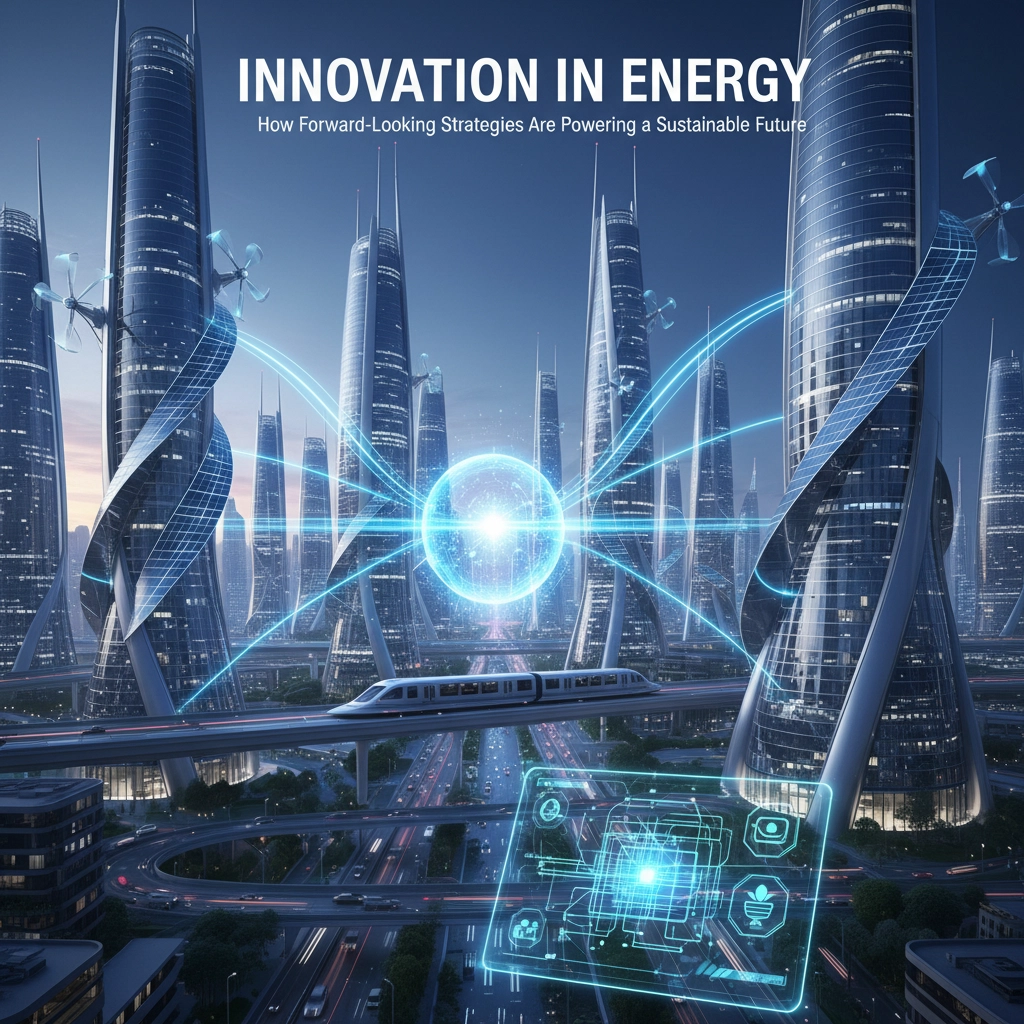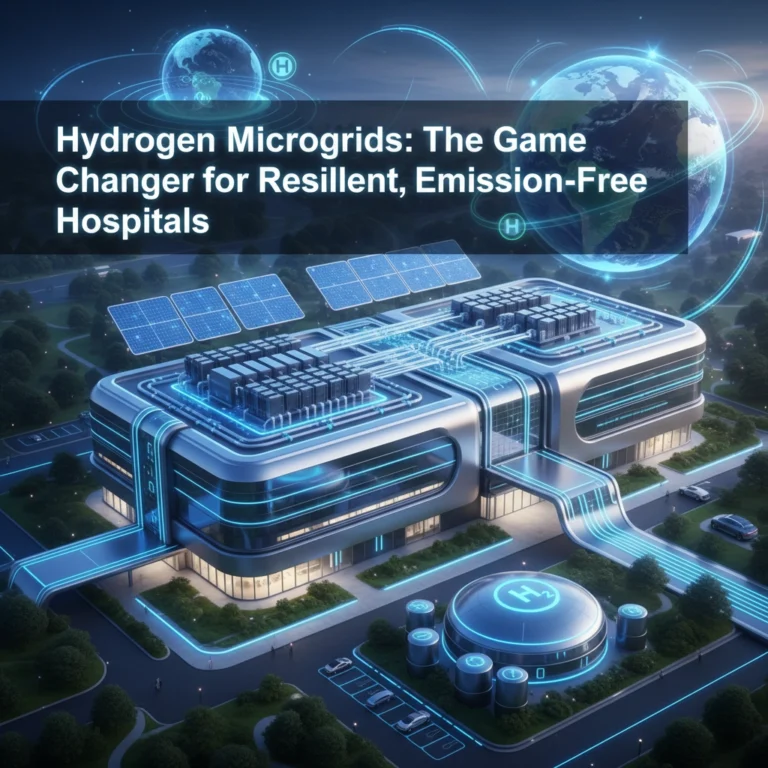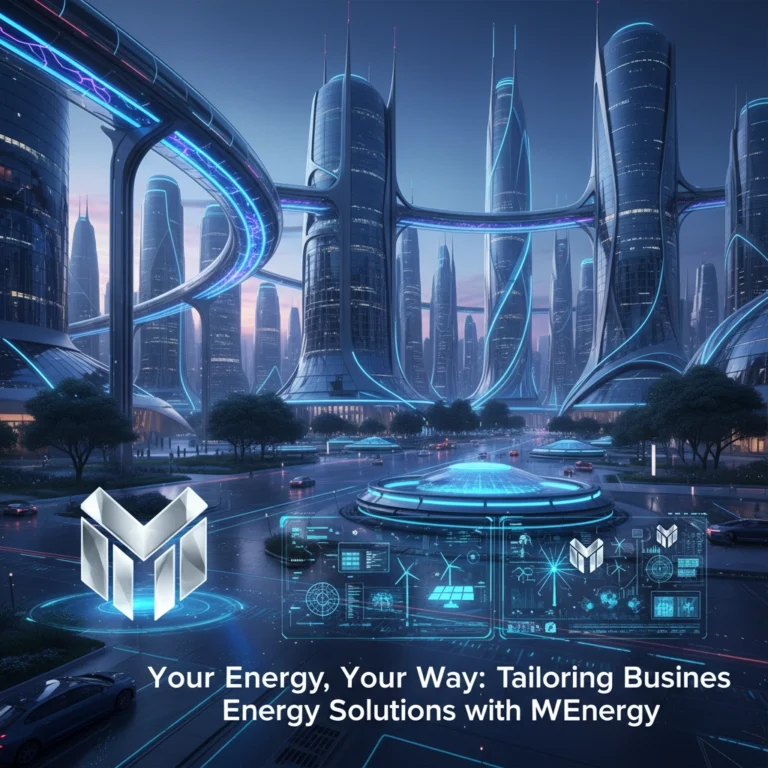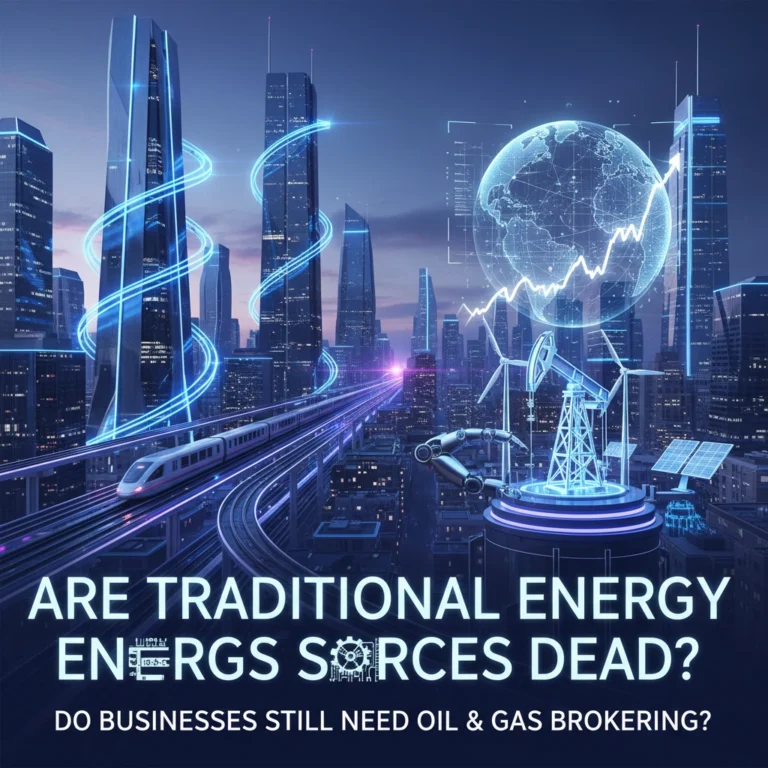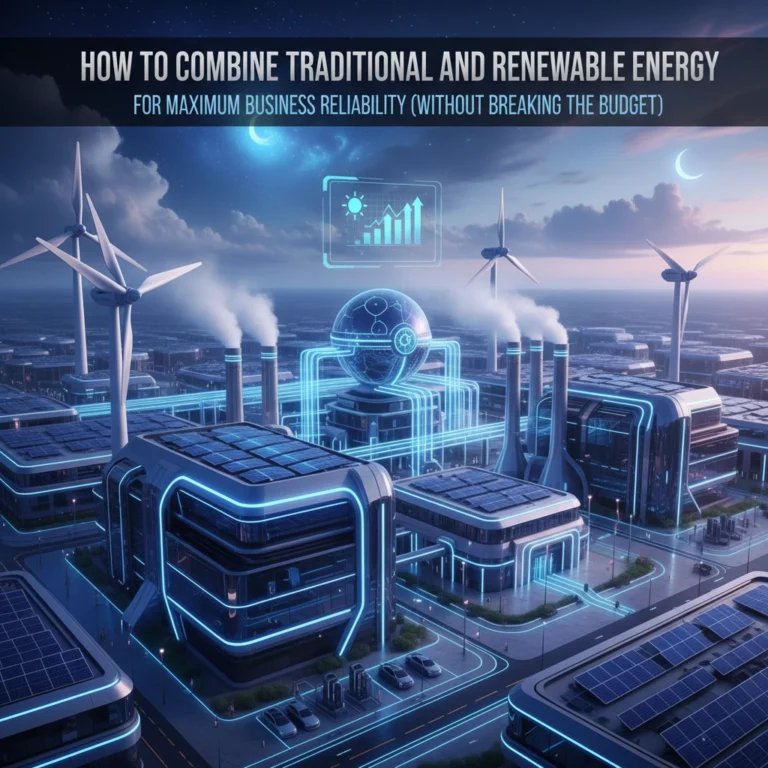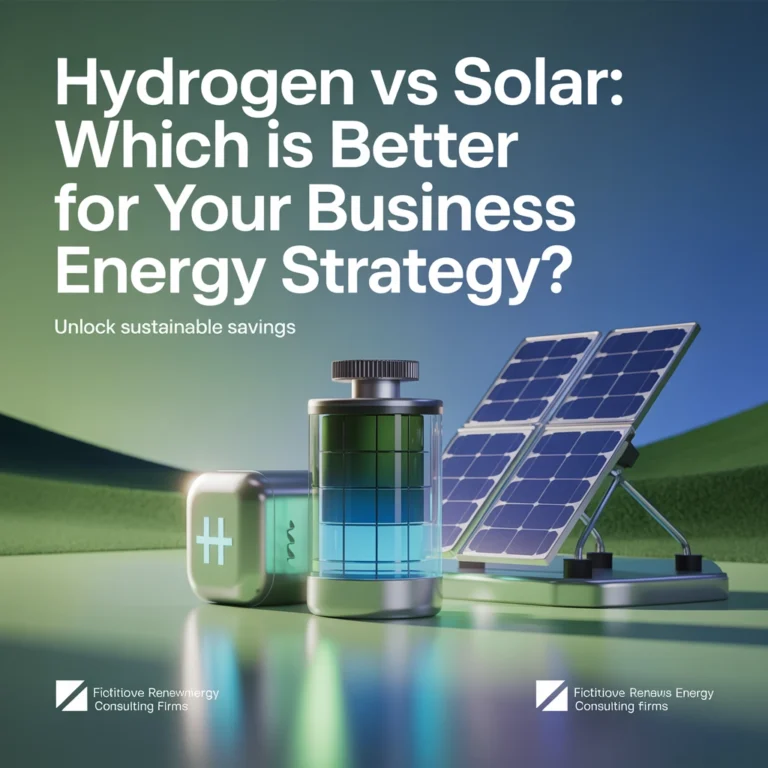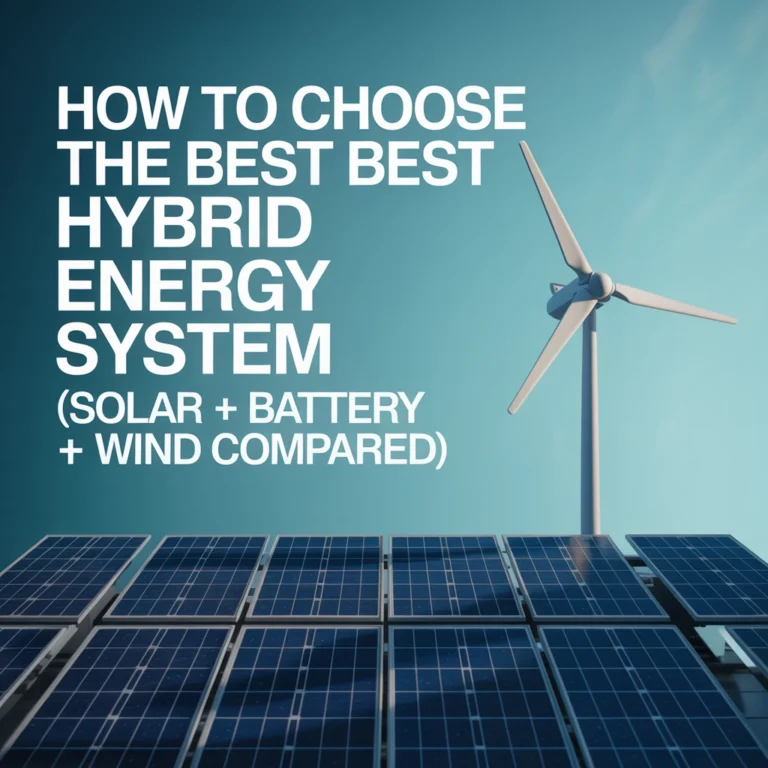Innovation in Energy: How Forward-Looking Strategies Are Powering a Sustainable Future
The energy game is changing fast, and honestly, it's pretty exciting to watch. We're not just talking about swapping out a few solar panels here and there: this is a complete reimagining of how we power our world. At MWEnergy, we're seeing firsthand how forward-looking strategies are creating opportunities that seemed impossible just a few years ago.
The Great Energy Shift is Here
Let's be real: the old energy playbook is getting a serious rewrite. For over a century, we've built everything around fossil fuels, creating massive infrastructure and supply chains that seemed unshakeable. But here's the thing: that model is facing some serious headwinds. Greenhouse gas concerns, energy security issues, and wild price swings are pushing everyone to think differently.
What's fascinating is how quickly things are moving. Solar and wind technologies aren't just "nice to have" anymore: they're becoming the smart financial choice. We're seeing solar power innovations that can slash greenhouse gas emissions by 70%, while wind energy advances are boosting production by 20%. These aren't just feel-good numbers; they represent real competitive advantages.
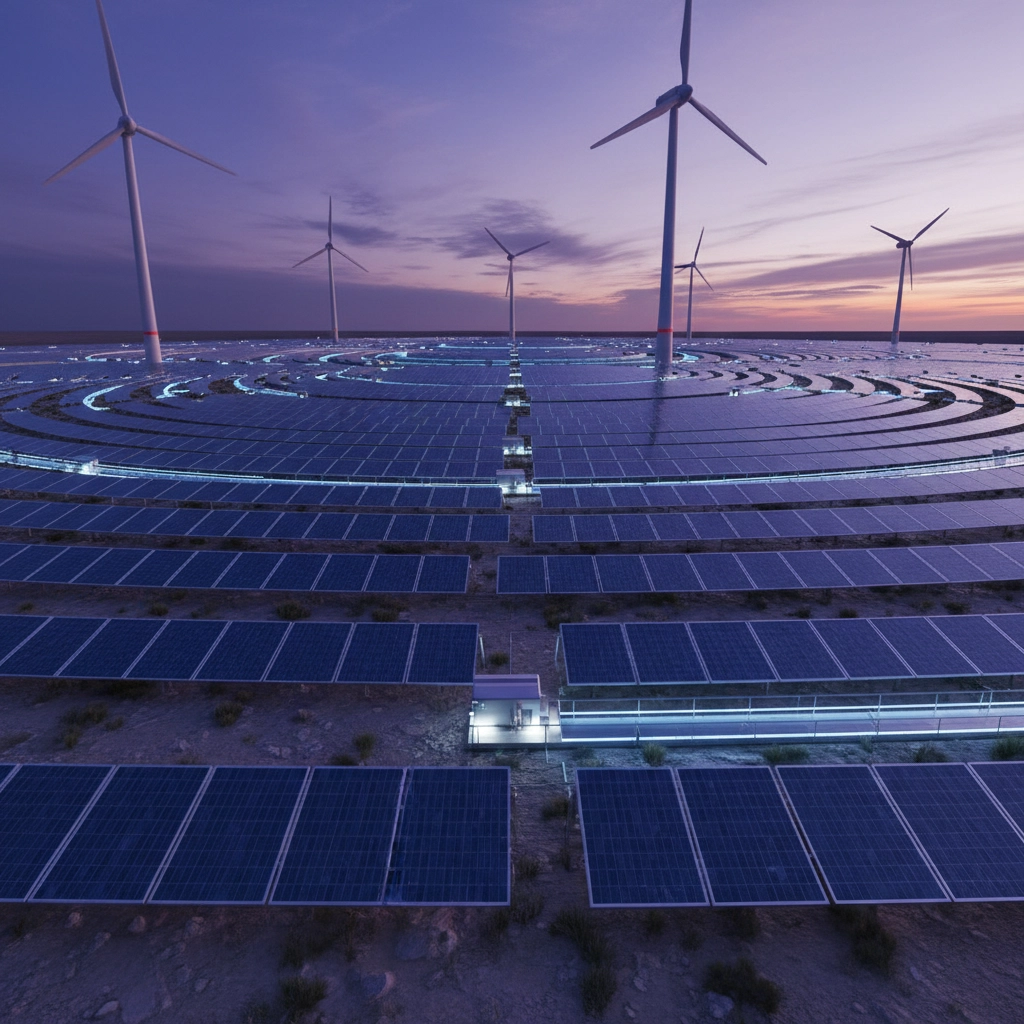
AI: The Secret Sauce in Energy Optimization
Here's where things get really interesting. Artificial intelligence isn't just a buzzword in energy: it's becoming the backbone of how we manage and optimize everything. Think about it: AI can predict energy demands with crazy accuracy, make real-time adjustments based on weather patterns, and help integrate renewable sources seamlessly into existing grids.
We're talking about systems that can look at data from solar farms, wind patterns, and consumption habits, then make split-second decisions to optimize everything. It's like having a super-smart energy manager that never sleeps, constantly tweaking and improving performance.
Smart grids are perfect examples of this digital transformation. These aren't your grandfather's power lines: they're intelligent networks that use connectivity and automation to deliver power more efficiently. Smart inverters, for instance, don't just convert power from solar panels; they actually respond to grid conditions to prevent blackouts and protect equipment.
Storage Solutions That Actually Work
One of the biggest hurdles for renewable energy has always been the "what happens when the sun doesn't shine" problem. But the storage innovations we're seeing now are game-changers.
Take sand batteries, for example. Italian energy experts revealed this tech in 2024, and it's pretty wild. You store energy in heated silica sand with less than 2% thermal losses. It sounds simple, but the efficiency is incredible. This kind of innovation is solving the intermittency problem that's held back renewable adoption for years.
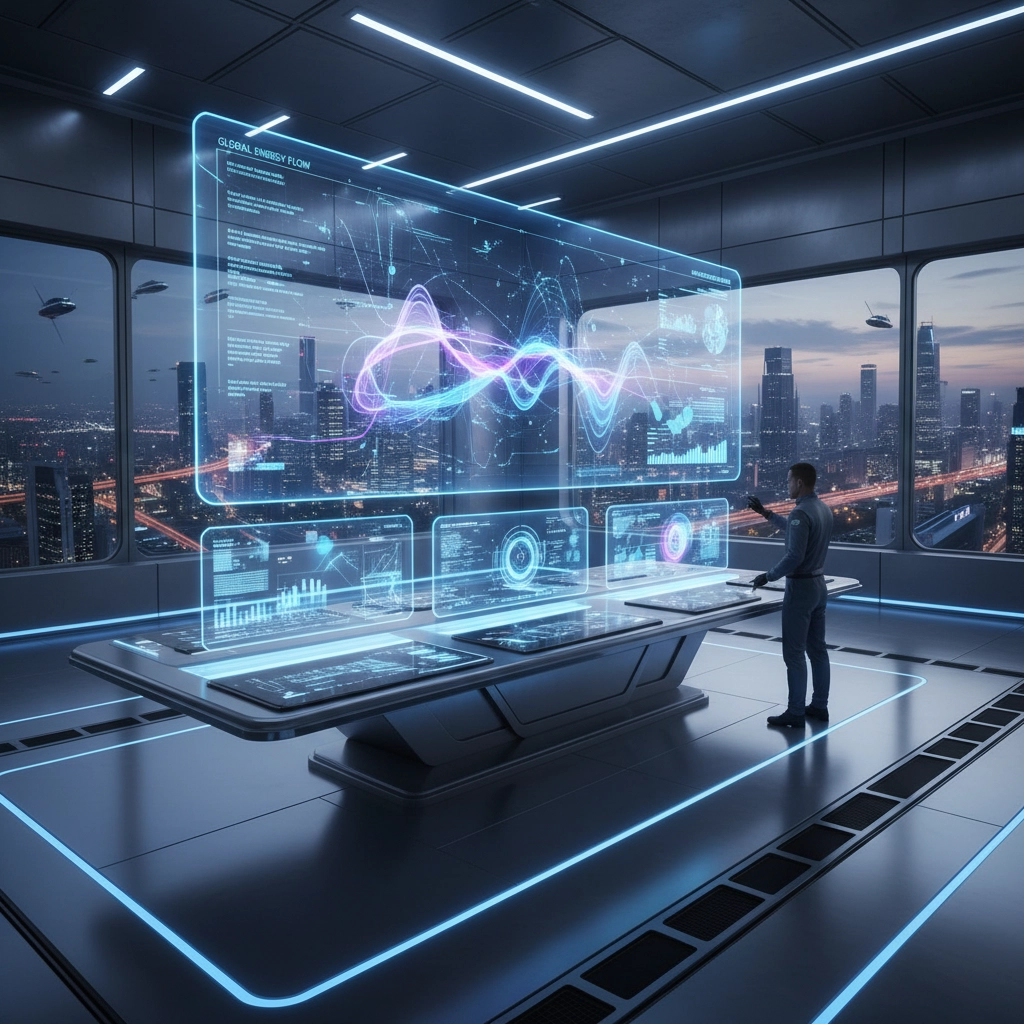
Battery storage is getting better and cheaper, making renewable systems more reliable. These advances are particularly exciting for industries that need consistent power: like healthcare facilities that can't afford outages.
Corporate Demand is Driving Everything
The corporate world isn't just jumping on the sustainability bandwagon for PR points: there's serious business driving this shift. Companies are competing hard for 24/7 clean energy to power their operations, and the numbers are staggering.
Data centers alone are expected to drive about 44 GW of additional demand by 2030. That's partly because of AI model training and usage, which requires massive computing power. Then you've got cleantech manufacturing adding another 11 GW as companies bring supply chains back home.
Companies are getting creative with how they secure clean energy. Power Purchase Agreements (PPAs) let them lock in renewable energy at set prices, while Guarantees of Origin help track and verify their clean energy sources. It's not just about doing good: it's about securing reliable, cost-effective power for the future.
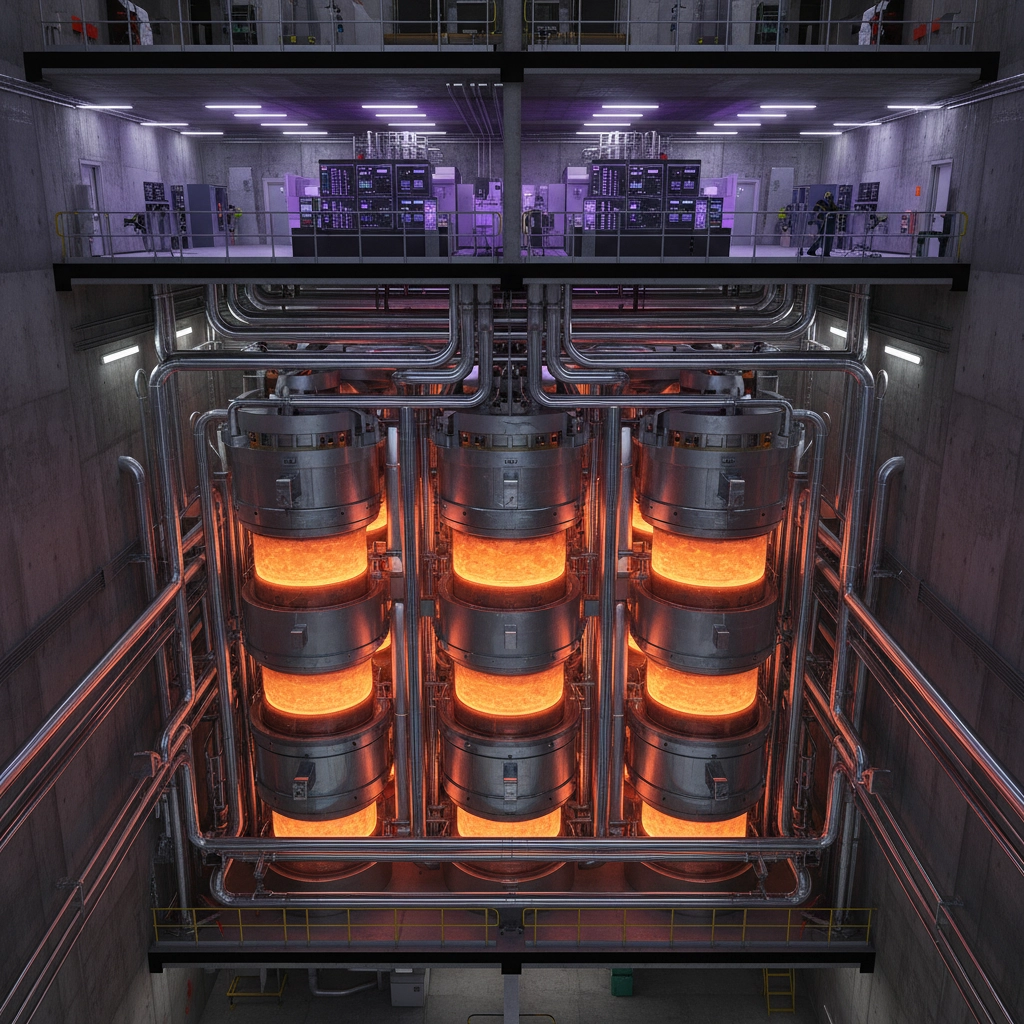
Traditional Meets Innovation: The MWEnergy Approach
Here's what makes this whole transformation particularly interesting: it's not about throwing out everything that works. The smart play is blending traditional energy strengths with innovative technologies.
At MWEnergy, we're seeing this hybrid approach work really well. Our oil and gas operations provide the reliability and scale that industries need right now, while our hydrogen and solar initiatives position us for the future. It's about having the best of both worlds.
This balanced approach makes sense for businesses too. You don't want to bet everything on technologies that aren't quite ready for prime time, but you also can't ignore where the market is heading. The companies that get this balance right will be the ones thriving in five or ten years.
Building the Infrastructure of Tomorrow
Innovation isn't just happening at the generation level: it's transforming how we integrate energy into our built environment. Phase-change materials for insulation are helping buildings become more energy-efficient, while solar canopies and residential wind turbines are making renewable integration part of everyday infrastructure.
Smart building systems are optimizing energy consumption in real-time, learning patterns and adjusting automatically. It's creating an ecosystem where buildings aren't just consuming energy: they're actively participating in energy management.
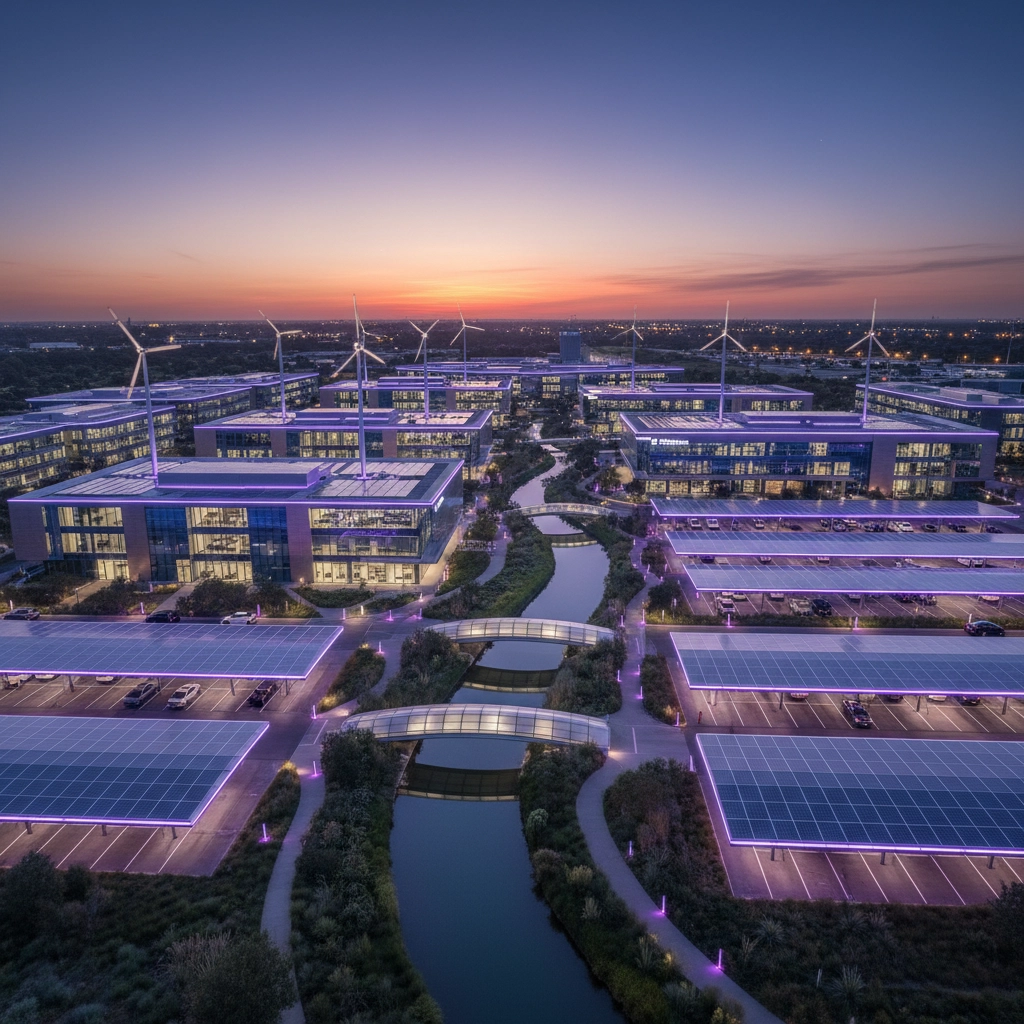
The Circular Economy Connection
One thing that's becoming clear is that sustainable energy isn't just about switching power sources: it's part of a bigger shift toward circular economy principles. Instead of the old "take, make, dispose" model, we're moving toward regenerative systems that optimize every aspect of operations.
This means thinking about energy efficiency, waste reduction, and resource optimization as interconnected challenges. Companies that embrace this holistic approach aren't just reducing their carbon footprints: they're often finding significant cost savings and operational improvements.
What's Next: Strategic Implications
So where does this all lead? The future of energy isn't just about cleaner power: it's about smarter, more efficient systems that can adapt and optimize in real-time. The advantages of renewable technologies are becoming impossible to ignore: they're mature, cost-effective, and highly modular.
But here's the key insight: the winners in this transformation won't necessarily be the companies that abandon everything traditional. They'll be the ones that figure out how to blend proven approaches with innovative technologies strategically.
For established players, the challenge is striking the right balance between innovation and operational continuity. You need to embrace new technologies without undermining the strengths you've built over decades. It's about evolution, not revolution.

The Bottom Line
The energy landscape is transforming faster than most people realize, and the opportunities are incredible for companies that position themselves strategically. Whether it's AI-powered optimization, revolutionary storage solutions, or hybrid energy approaches, the tools for building a sustainable future are coming together right now.
At MWEnergy, we're excited to be part of this transformation. We're not just adapting to change: we're helping to drive it. The future belongs to companies that can blend traditional energy expertise with innovative technologies, and that's exactly what we're built to do.
Ready to explore how forward-looking energy strategies can benefit your operations? Get in touch with our team to discuss your specific needs. The future of energy is here, and it's more exciting than ever.

